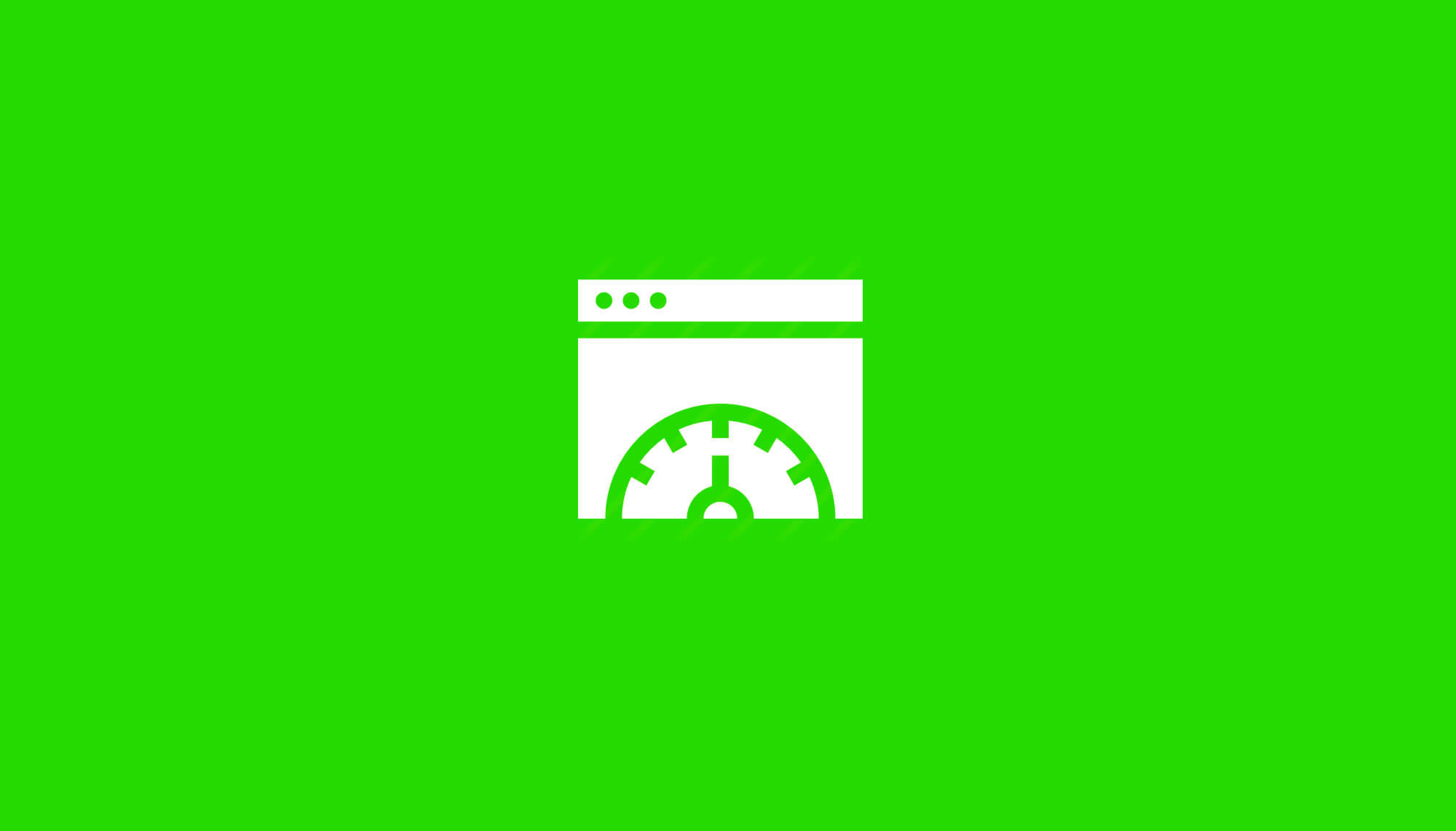Website Speed Optimization might seem like a very small, but yet plays an important role in your audience web visit experience. A bad UX may cost you loss of revenue as they may move to the next best website for their requirements. According to our research, a delay of 2s in the load time of the website, 87% of the visitor leave the page for the next search result page of Google and overall you get a maximum 5 s to impress your visitor to make a decision whether he would browse other pages in your website or bounce back.
As per a research conducted by Walmart, website search speed is an important parameter in the customer conversions. After applying all the Website Speed Optimization techniques required to speed up the website, Walmart reached the below 2 conclusions:
- There was an increase of 2% in the conversions, for every 1s improvement they did to their website
- They made an incremental revenue growth of 1% for every 100ms improvement in the website speed.
- The overall response rate increased by 20% and mobile orders increased by 98%.
These numbers can clearly signify the importance of website speed on performance and conversions.
Website speed also has an impact on Google search page ranking. An optimized page has low bounce rate, thus ranks higher in a Google search result page than a page with no optimization.
Along with the desktop pages, Google in its recent announcement on speed update clearly stated that beginning July 2018, speed will be a ranking factor for mobile searches. However slow pages would still rank higher if their content is very relevant.
Tools to track Website Speed Optimization
You can use a number of tools to check the page load time. A few of them are listed below
Page speed Insight:

Google has marked Page speed as an important factor to rank in SEO. Google has its own tool for checking the page speed as Page speed insight and work towards eliminating the bottlenecks. It also measures the compatibility of the website performance in different devices like desktops and mobile phones.
Pingdom:

Pingdom offers a free website speed test tool and is a market leader in this particular service. It also gives insights into how many recent page requests are made, each page sizes along with the load time of each. Though it’s a very powerful tool and are being used by a wide customer range, but it might be a bit costlier if used for a number of websites at one go or used for a lot of high volume features need to be checked on a regular basis
Webpage test:

This tool gives free access to run website speed test from multiple test locations around the globe. It works best for IE and chrome. This can be a great tool for users needing advanced information from the speed test. It also supports http/2 from a very long time. Hence it helps in checking the true website performance by incorporating the advance page testing options for advanced users.
Important checklist to minimize Page Load time

Minimize HTTP request:
Whenever you page loads in the browser, it sends a request to the server. Every time, the browser sees a new element like an image or flash or CSS, it sends an HTTP request. In order to minimize the same, also keeping the design intact, you can use external style sheets, can use CSS sprites to combine multiple images to just one. Also, using right kind of image with the proper aspect ratio reduces the page loading speed anyway.
Enable caching:
This is a technique to provide better page loading experience for the returning visitor. This technique enable saving the static files, HTML documents, images, CSS, JavaScript files in a temporary folder in the hard drive of the user when he first visits the website. Hence next time a request is sent from the same user, the cache files load immediately and reduce HTTP request, eventually leading to lower page loading time.
Optimize images:
Images accounts for the maximum downloadable bytes which affects the page speed directly. Optimizing an image comprises of converting the image into a web friendly format which accounts for 80% optimization of the page speed. All image contains a lot of data within. Optimizing the image needs method to remove unnecessary data from the image which will in turn help reduce the file sizes. Saving in CSS can be helpful, but only for the returning user, because for the first time user the original file will be downloaded by the browser anyway. If caching is enabled, CSS file will provide the returning visitors with an increased page speed. There are several tools like JPEG Optimizer, Optimizilla, Tiny PNG etc which can be used to check the image and its impact on the page speed. They are free online tools and can be used to get optimized images before uploading.
Use a CDN:
The Content Delivery Network(CDN) provides local nodes of the server(also call Edge servers) to a website. When a browser requests for a page, the page is downloaded form the original server, but instead, using a CDN reduces the travel time of the page by providing contents from a node which will be nearby the browser from where the data is requested. All the static contents like HTML, CSS etc are fetched from the Edge server. Hence it increases the page speed. But CDN is not a solution for smaller companies. Implementation of CDN incurs cost and website can perform on a decently higher speed even without the CDN.
Hence we can think of it as a measure to increase page speed for websites where traffic is very high, used globally. But its not a necessary measure if we are still working with a small traffic with lower budget. Few of the better providers of CDN are MaxCDN, EdgeCast, Amazon Cloudfront
Avoid number of plugins:
Plugins are the codes written by different developers. There might be lot of plugins which we don’t require or whose services are a part of some other tool that we are already using. One should be careful about choosing which and how many plugins should be installed for a particular sites. As per a survey findings by WordPress, a website should not use more than 20 Plugins. One should make it a point to choose plugins which can solve multiple issues so that we can manage with a lower number of plugins.
Fix all broken links and reduce redirects:
Broken links are the hyperlinks which redirects to an empty location. Normally it leads to a page with the message “404 not found ” or similar page error. This not only reduces page speed, but gives a bad impression and there is every chance the visitor leaves the web page without moving further. Normally one should use 301 redirects to direct the hyperlink to a useful page. But again, use of hundreds of redirects may slow down the page speed. If your web page has hundreds of redirects and still a lot of broken links from external source, you can use “catch-all” 301 to catch all the redirects nd direct them to a particular page like Home page or any other landing page. There are a number of tools to check the broken link and redirects like Google broken link checker , Dead Link Checker, WP broken link Checker
Enable keep alive
Whenever a browser requests for a webpage, a communication happens between the web browser and web server. The web browser requests for a HTTP, once the answer is yes from the web server, it again send another TCP request for other aspects like CSS, Java script of the same web page. Keep Alive helps using the same TCP connection for HTTP conversation instead of multiple ones with each new request for a web page.
Make sure the website is responsive:
Responsive websites need a responsive web design. A responsive web design gives viewer optimal viewing experience across multiple devices like desktop PCs, Laptops, mobile phones, tablets etc. Given the vast use of mobile browsing, it has become an important aspect of any web design to test the responsive in all device and all screen size environment. Google offers DevTools which is a must use in order to check the responsiveness and plan the web design. There are several other free tools available to check and implement responsive web design.
Optimizing the website to get the desired page seed is a tactical job. But even small steps in reducing the load time may have significant impact on the user experience and conversions. Hence its important to have one or more tool handy to check the speed on a regular basis and get the required Website Speed Optimization done. Even the tiniest change might affect the no of conversions and effort towards it is entirely worth it.
For any queries on Website Speed Optimization, website building or related topics, contact us through Chat or phone number. For regular updates follow our page on Facebook, Linkedin and Twitter and subscribe here






This is very fascinating, You are an overly skilled blogger.
I have joined your feed and look ahead to in quest of more of your
fantastic post. Also, I have shared your website in my social networks
Thank you for the same.